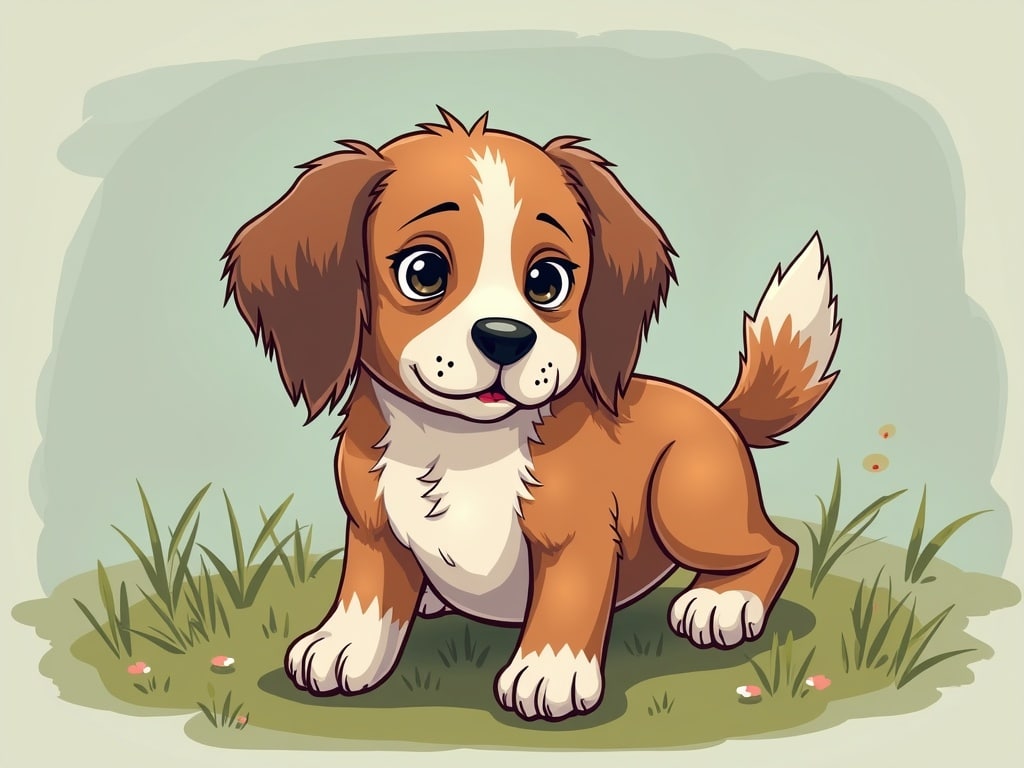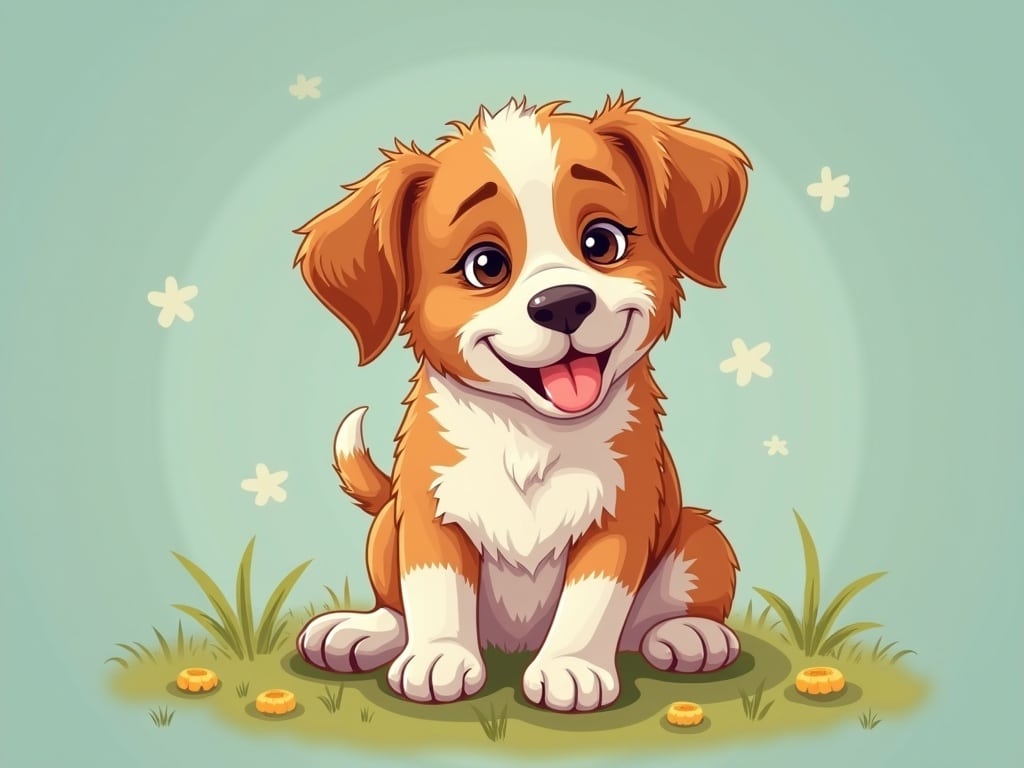Is Your Rescue Dog Anxious? Simple Daily Routine Shifts for a Calmer Pup
Bringing a rescue dog into your home is a deeply rewarding experience. You’re giving a deserving animal a second chance at life, filled with love, comfort, and security. However, many rescue dogs come with emotional baggage, often manifesting as anxiety. Understanding this anxiety and implementing thoughtful changes to their daily routine can make a world of difference in helping your new companion feel safe, secure, and ultimately, calmer. This guide provides practical rescue dog daily routine tips to help you create a soothing environment and build a strong, trusting bond with your anxious rescue dog.
Understanding Anxiety in Rescue Dogs
Before diving into solutions, it’s crucial to understand the roots of anxiety in rescue dogs. Their past experiences, often shrouded in uncertainty or even trauma, can leave lasting emotional scars.
Common Signs of Anxiety
- Excessive barking or howling
- Pacing or restlessness
- Trembling or shaking
- Destructive behavior (chewing, digging)
- Panting or drooling (when not hot)
- Hiding or avoidance
- Aggression (fear-based)
- Loss of appetite
- Inappropriate elimination
Why Rescue Dogs Are Prone to Anxiety
Rescue dogs often experience anxiety due to:
- Past Trauma: Abuse, neglect, or abandonment can create deep-seated fears and anxieties.
- Uncertainty: Changes in environment, routine, and caregivers can be unsettling.
- Lack of Socialization: Insufficient exposure to people, animals, and environments during puppyhood can lead to fearfulness.
- Medical Issues: Underlying health problems can sometimes manifest as behavioral issues, including anxiety.
Individual Differences in Anxiety Manifestation
Not all dogs express anxiety in the same way. Some might become withdrawn and fearful, while others might exhibit aggression or hyperactivity. It’s essential to observe your dog closely and tailor your approach to their specific needs and behaviors. Observe and note any unusual behaviors to better understand how your rescue dog is expressing their anxiety.
Creating a Safe and Predictable Environment
Predictability is paramount for anxious rescue dogs. A consistent daily routine provides a sense of security and control, helping to reduce their overall anxiety levels.
The Importance of Predictability
Anxiety often stems from uncertainty. A predictable environment removes much of that uncertainty, allowing your dog to relax and trust that their needs will be met regularly.
Establishing a Consistent Daily Schedule
Here’s an example of what a consistent daily schedule could look like:
- Feeding: Feed your dog at the same time each day.
- Walks: Take walks at consistent times, even if they’re short.
- Playtime: Dedicate specific times for play sessions.
- Rest: Ensure your dog has quiet time each day in their safe space.
- Potty Breaks: Take your dog outside to eliminate at regular intervals.
Creating a Safe Space
A safe space, such as a crate or a comfortable bed in a quiet corner, allows your dog to retreat when feeling overwhelmed. Make it inviting with soft bedding, familiar toys, and perhaps a blanket that smells like you. Never use the safe space as punishment, as it should always be associated with positive feelings.
The Power of Positive Reinforcement Training
Positive reinforcement training is a powerful tool for reducing anxiety and building confidence in rescue dogs.
How Positive Reinforcement Reduces Anxiety
By focusing on rewarding desired behaviors, you create positive associations and build trust. This approach is far more effective than punishment-based methods, which can exacerbate anxiety.
Basic Commands to Teach
Start with simple commands like sit, stay, and come. Use high-value treats and plenty of praise when your dog performs the desired action. Keep training sessions short and fun, ending on a positive note.
Using Treats and Praise Effectively
Use small, tasty treats that your dog loves. Deliver the treat immediately after the desired behavior. Pair treats with enthusiastic verbal praise, such as Good dog! or Yes!. Over time, you can gradually reduce the reliance on treats and rely more on praise.
Exercise and Mental Stimulation
Physical exercise and mental stimulation are vital for reducing anxiety and promoting overall well-being in rescue dogs.
Best Types of Exercise for Anxious Dogs
Gentle walks, sniffy walks where the dog gets to explore and sniff, and playful activities like fetch are excellent options. Avoid overly strenuous activities that could trigger anxiety or overwhelm your dog, especially in the beginning.
Determining Exercise Needs
The amount of exercise your dog needs depends on their breed, age, and energy level. Start with short, frequent walks and gradually increase the duration and intensity as your dog becomes more comfortable. Monitor their body language closely for signs of fatigue or anxiety.
Puzzle Toys and Games for Mental Enrichment
Puzzle toys that dispense treats or require problem-solving can provide mental stimulation and help to alleviate boredom and anxiety. Rotate the toys regularly to keep your dog engaged. Consider also interactive games, using snuffle mats, or hiding treats around the house to make the dog use their nose.
Desensitization and Counterconditioning
Desensitization and counterconditioning are powerful techniques for addressing specific anxiety triggers.
Understanding Desensitization and Counterconditioning
Desensitization involves gradually exposing your dog to a trigger at a low intensity, so they don’t react with fear. Counterconditioning pairs the trigger with something positive, like a treat, to change their emotional response from fear to positive anticipation.
Identifying Triggers
Keep a journal of your dog’s reactions to different stimuli (loud noises, strangers, car rides, etc.). Note the specific triggers and the intensity of their reactions.
Step-by-Step Guide to Desensitization
- Identify the Trigger: Pinpoint the specific stimulus that causes anxiety.
- Start at a Low Intensity: Expose your dog to the trigger at a level that doesn’t elicit a fear response (e.g., playing a recording of fireworks at a very low volume).
- Pair with Positive Reinforcement: While the trigger is present, offer treats, praise, or a favorite toy.
- Gradually Increase Intensity: Slowly increase the intensity of the trigger over time, only proceeding when your dog remains calm and relaxed.
- Repeat and Be Patient: Consistency is key. Repeat the process regularly and be patient, as it may take time to see results.

The Importance of Socialization (Done Right)
Appropriate socialization can help rescue dogs overcome fearfulness and develop confidence in social situations.
Why Socialization Is Important
Socialization helps dogs learn how to interact appropriately with other dogs, people, and environments. However, it’s crucial to approach socialization carefully, especially with anxious dogs.
Properly Socializing an Anxious Dog
Focus on slow and positive introductions. Start with brief, controlled interactions with calm, friendly dogs. Reward your dog for calm behavior. Avoid overwhelming situations, and never force your dog into an interaction they’re uncomfortable with. Short, frequent interactions are usually better than long, infrequent ones.
Avoiding Overwhelming Situations
Crowded parks, dog shows, or other high-stimulation environments can be overwhelming for anxious dogs. Opt for quiet, controlled settings where your dog feels safe and secure.
Diet and Nutrition for a Calmer Pup
Diet plays a significant role in regulating mood and behavior in dogs. Certain foods and nutrients can help to reduce anxiety levels.
How Diet Affects Anxiety Levels
Nutrient deficiencies, food sensitivities, and artificial additives can contribute to anxiety. A balanced, wholesome diet promotes overall well-being, which can help to alleviate anxiety symptoms.
Foods to Avoid and Foods to Include
- Avoid: Processed foods, artificial colors and flavors, excessive sugar, and ingredients that your dog may be sensitive to.
- Include: High-quality protein, healthy fats (omega-3 fatty acids), complex carbohydrates, and calming ingredients like L-theanine and tryptophan (found in turkey).
The Role of Supplements (with Vet Consultation)
Certain supplements, such as omega-3 fatty acids, L-theanine, and probiotics, may help to reduce anxiety in some dogs. However, it’s essential to consult with your veterinarian before adding any supplements to your dog’s diet to ensure they are safe and appropriate.
When to Seek Professional Help
While many cases of anxiety can be managed with routine adjustments and training, some dogs may require professional intervention.
Recognizing When Intervention Is Needed
If your dog’s anxiety is severe, persistent, or interferes with their quality of life, it’s time to seek professional help. Signs that indicate the need for professional intervention include:
- Severe aggression
- Self-harm
- Panic attacks
- Refusal to eat or drink
Finding a Qualified Professional
Look for a board-certified veterinary behaviorist or a certified professional dog trainer (CPDT-KA) with experience in working with anxiety issues. Your veterinarian can provide referrals.
Medication Options (with Vet Supervision)
In some cases, medication may be necessary to manage anxiety. Anxiolytic medications can help to reduce anxiety symptoms and make it easier for your dog to participate in training and behavior modification. However, medication should always be used under the supervision of a veterinarian.
Building a Bond and Patience
Patience and a strong bond are essential for helping an anxious rescue dog heal and thrive.
The Importance of Patience
It takes time and patience to build trust and overcome anxiety. Don’t get discouraged by setbacks, and celebrate even small victories. Remember that your dog is learning to adjust to a new life, and they need your understanding and support.
Building Trust
Spend quality time with your dog, engaging in activities they enjoy. Be consistent in your interactions, and always treat them with kindness and respect. Avoid sudden movements or loud noises that could scare them.
Celebrating Small Victories
Acknowledge and reward even the smallest steps forward. Whether it’s allowing you to approach without flinching or playing with a toy for a few minutes, celebrate these milestones to reinforce positive behavior.
Monitoring Progress and Adjusting the Routine
Regularly monitoring your dog’s progress and adjusting their routine as needed is crucial for long-term success.
Tracking Progress
Keep a journal to track your dog’s behavior and responses to different stimuli. Note any improvements or setbacks, and identify any patterns that may emerge. This information can help you to fine-tune their routine and training plan.
Adjusting the Routine Based on Needs
As your dog’s anxiety levels fluctuate, be prepared to adjust their routine accordingly. If they’re having a particularly anxious day, you may need to reduce their activity level and provide extra comfort and reassurance. If they’re making good progress, you can gradually introduce new challenges and experiences.
Recognizing Setbacks
Setbacks are a normal part of the process. Don’t be discouraged if your dog experiences a period of increased anxiety. Identify the potential triggers for the setback and adjust their routine or training plan accordingly. Be patient and continue to provide consistent support and reassurance.

